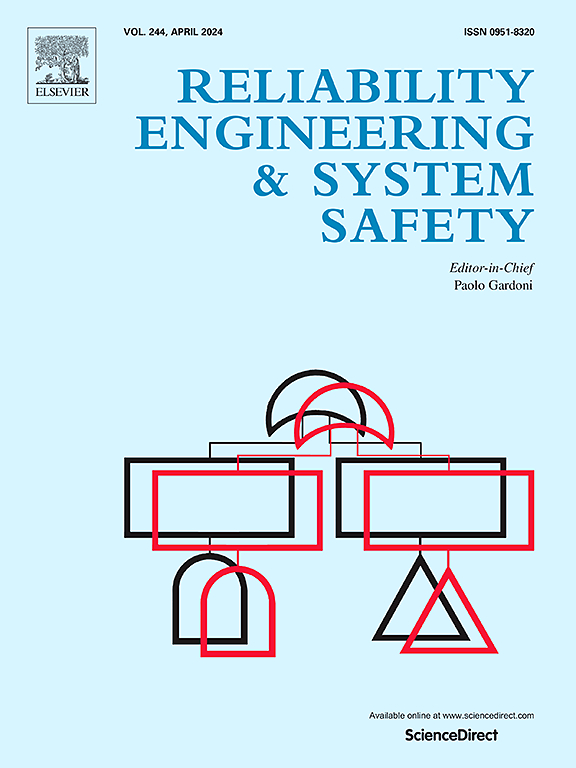Remaining useful life prediction using a hybrid transfer learning-based adaptive Wiener process model
IF 9.4
1区 工程技术
Q1 ENGINEERING, INDUSTRIAL
引用次数: 0
Abstract
Because of the characteristics of uncertainty description and interpretability, Wiener process (WP) has found extensive application in the domain of forecasting remaining useful life (RUL). Nevertheless, most existing WP often require selecting the suitable deterioration function and drift coefficient types based on the deterioration characteristics of target sample, which greatly limits their universality and feasibility in practical engineering. In order to address this issue, a hybrid adaptive WP based on transfer learning is presented to dynamically model the deterioration process of products with different deterioration features. The Brownian motion-based drift coefficient is applied to improve the adaptive characteristics of WP on the time-variant deterioration rate. A transfer learning-based long short-term memory (LSTM) model is utilized to adaptively track the dynamic nonlinear characteristics. According to the notion of first arrival time, we have successfully derived the explicit formula for the probability density function, so that the uncertainty contained in predicted results can be directly characterized. By using two capacity datasets and one torque bar deterioration dataset exhibiting distinct deterioration features, comparative experiments with eight different existing models have proven the universality and superiority of our model in forecasting RUL.
求助全文
约1分钟内获得全文
求助全文
来源期刊

Reliability Engineering & System Safety
管理科学-工程:工业
CiteScore
15.20
自引率
39.50%
发文量
621
审稿时长
67 days
期刊介绍:
Elsevier publishes Reliability Engineering & System Safety in association with the European Safety and Reliability Association and the Safety Engineering and Risk Analysis Division. The international journal is devoted to developing and applying methods to enhance the safety and reliability of complex technological systems, like nuclear power plants, chemical plants, hazardous waste facilities, space systems, offshore and maritime systems, transportation systems, constructed infrastructure, and manufacturing plants. The journal normally publishes only articles that involve the analysis of substantive problems related to the reliability of complex systems or present techniques and/or theoretical results that have a discernable relationship to the solution of such problems. An important aim is to balance academic material and practical applications.
 求助内容:
求助内容: 应助结果提醒方式:
应助结果提醒方式:


